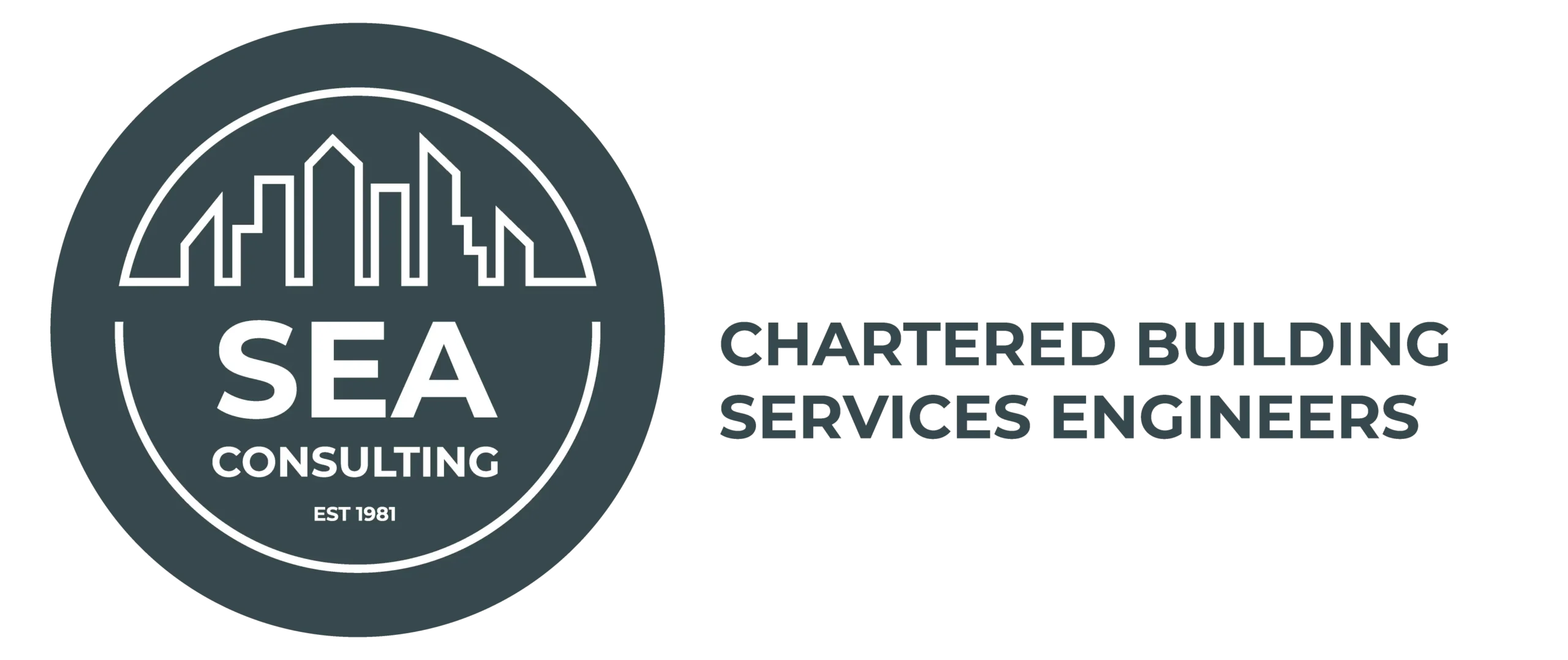The term embodied carbon refers to the carbon held in organic materials, such as timber. As long as the materials remain in place the carbon or energy is prevented from being released into the environment. We therefore want materials to remain in place for as long as possible, or if they must be replaced then they should be disposed of in a responsible way.

Embodied carbon places constraints on the demolition and disposal of these elements from building sites, whether the building is being entirely replaced or simply improved. The disposal should be managed in a way that prevents this carbon from being released into our environment, with the main aim being that these materials are fully recycled rather than destroyed.
Bricks and ceramics can mostly be reused, and once they’re cleaned there is a substantial trade for these and other items in the building industry. However when dealing with waste timber, i.e. rotten wood from windows, you should avoid burning these at all costs. Burning these materials aerobically releases the carbon into the environment and contributes to global warming. A fantastic way to deal with waste timber sustainably is to break it up into wood piles, this helps encourage biodiversity in the local area.

Embodied Carbon and Existing Buildings
There is a general belief that the embodied carbon or energy is trapped within existing buildings. This belief, although partially correct, means that people believe that this carbon will be released should the property be demolished, modified or replaced. Although it’s true that the carbon is stored within these materials, it can be dealt with and disposed of in a responsible way to reduce its impact on the environment.
Wherever possible you should attempt to reuse parts of the building or its materials. Not only does this prevent the release of the carbon but it also reduces the carbon emissions caused by the transportation and manufacturing of new materials. As a result you don’t need to account for these materials in your carbon emission calculations. Moreover, any embodied carbon added to a new building may be used to partially offset the construction and transportation costs for the property.
At SEA Consulting we take all this into account when looking at the sustainability of a project, and wherever possible we look to include original materials to make you building as cost efficient and environmentally friendly as possible. Learn more about how we can help you plan your green buildings and manage construction below.
